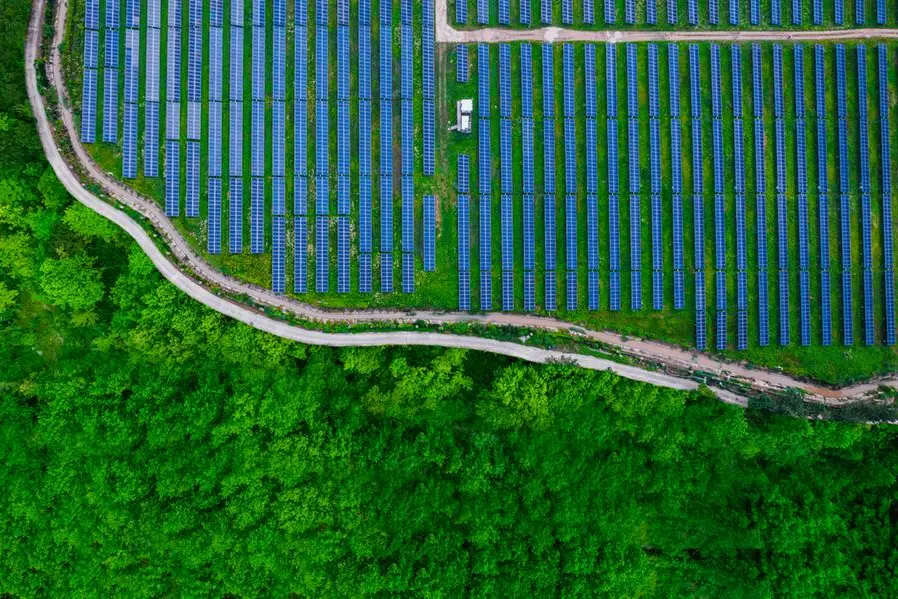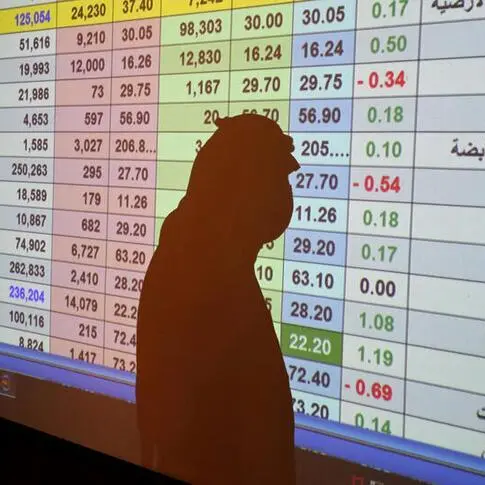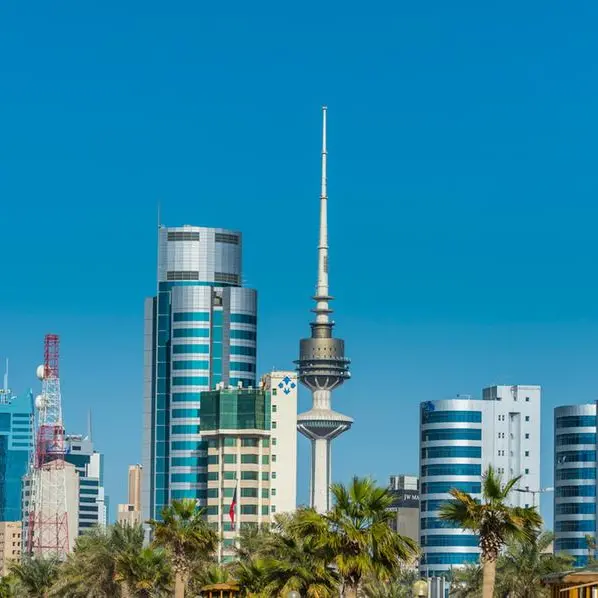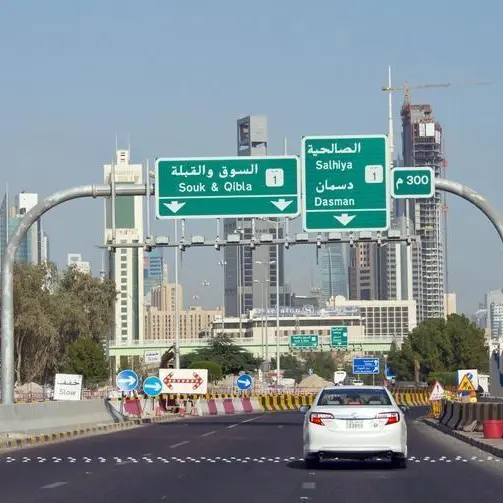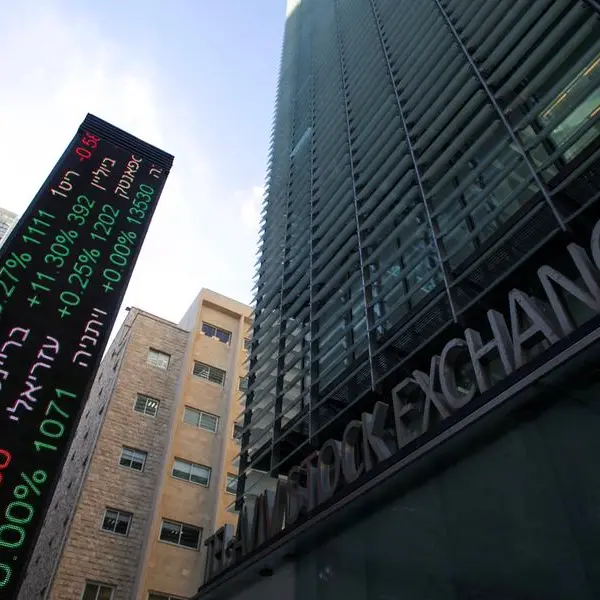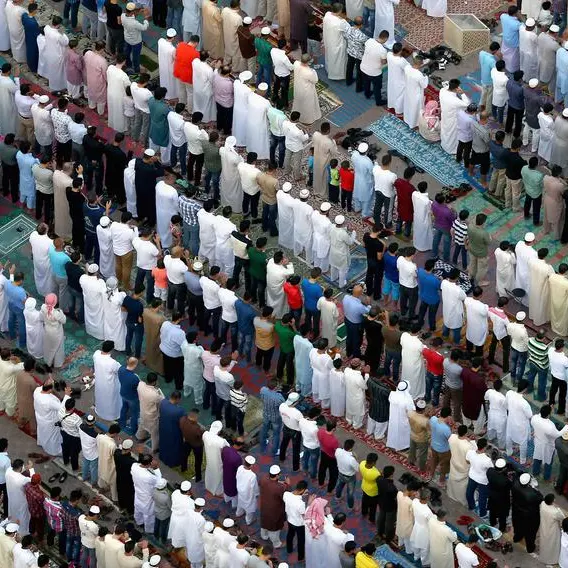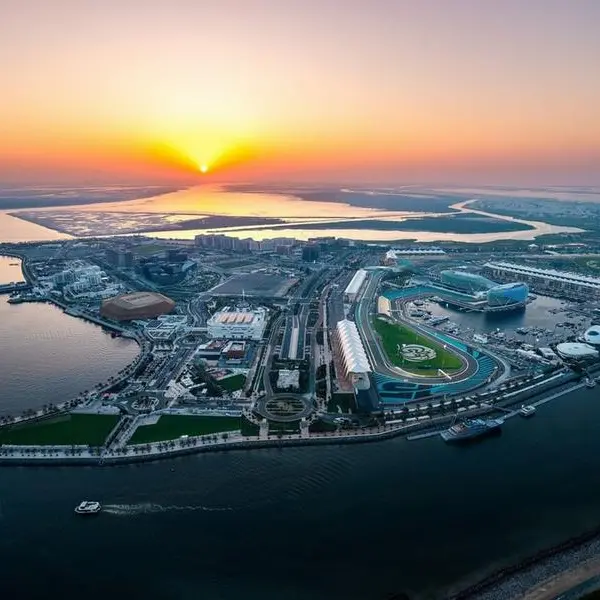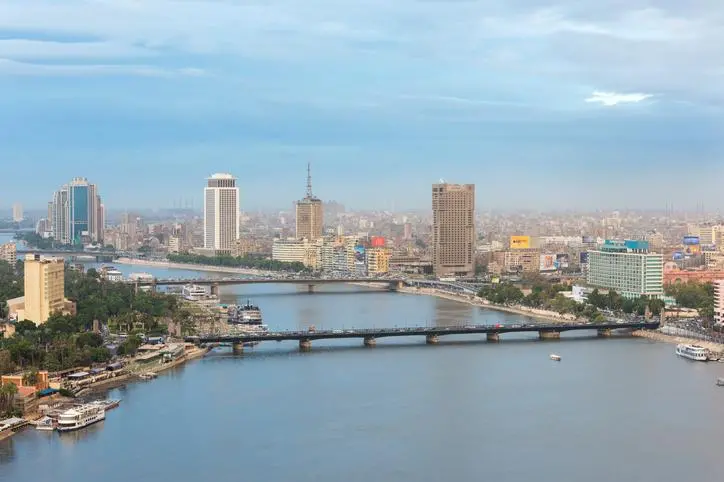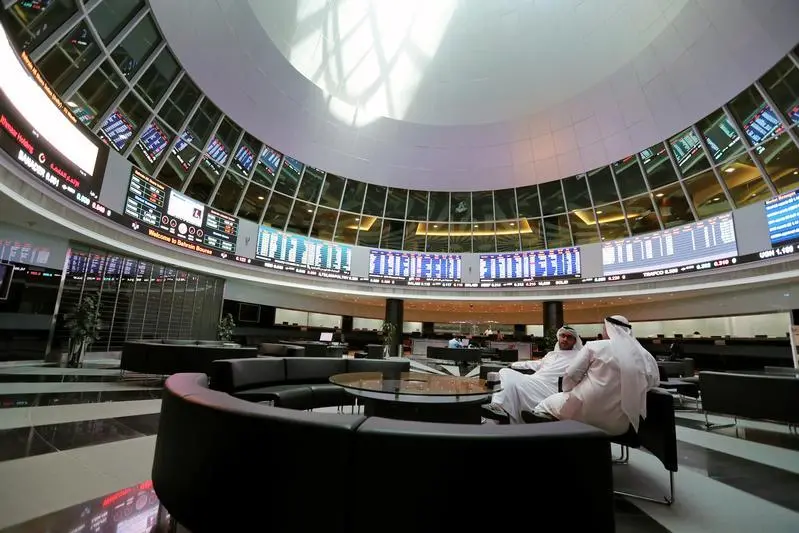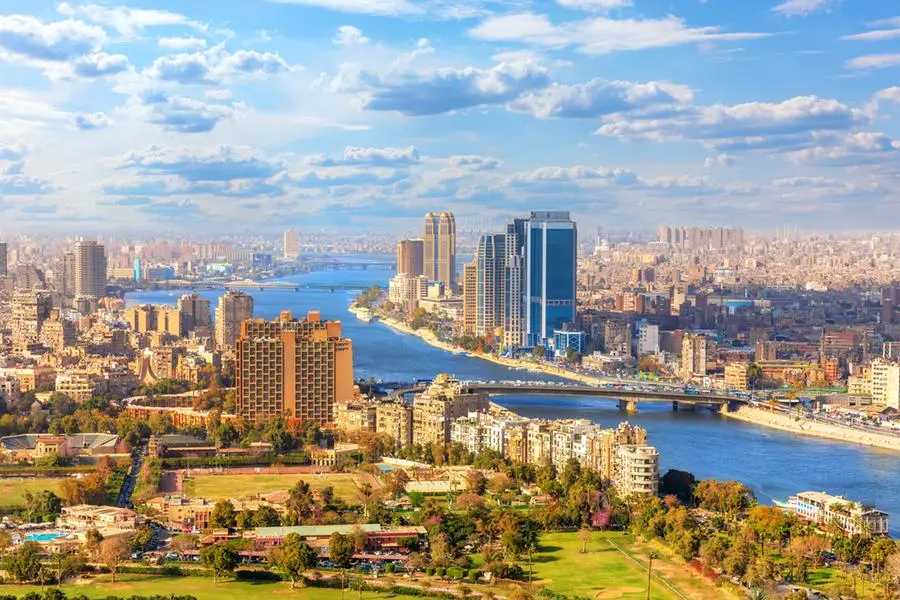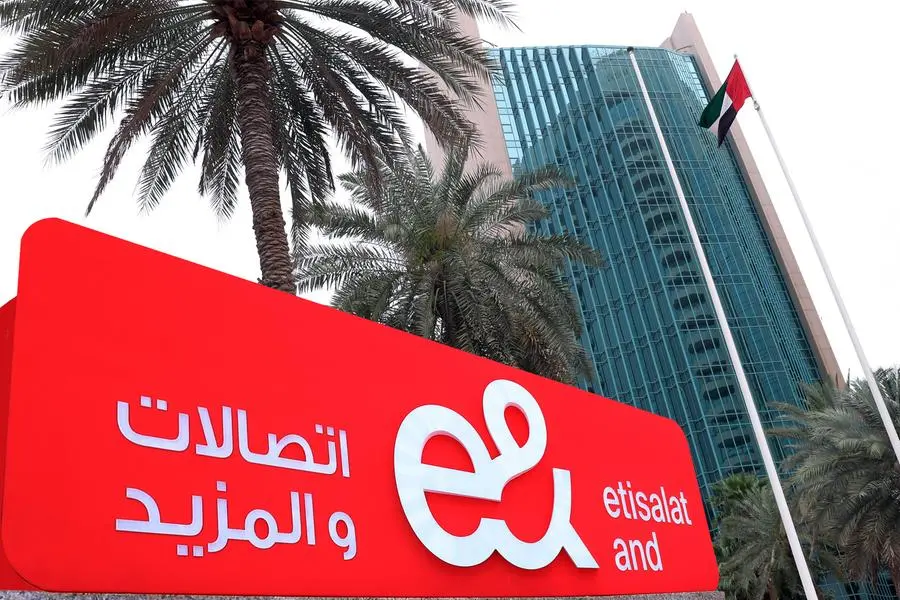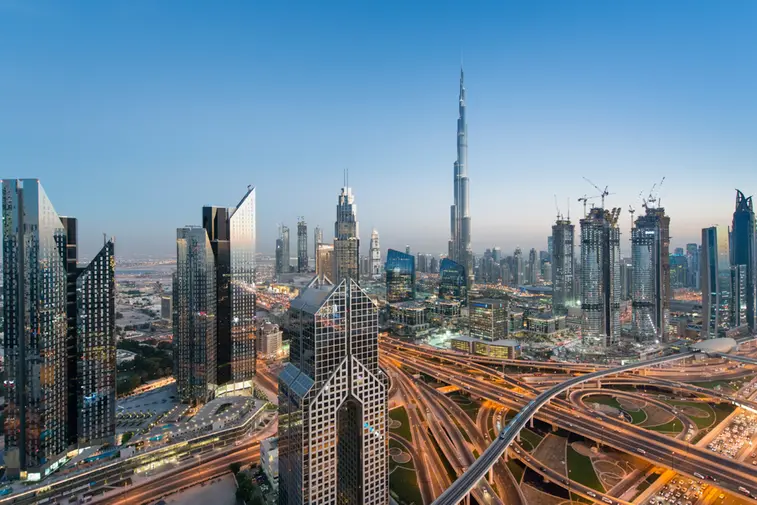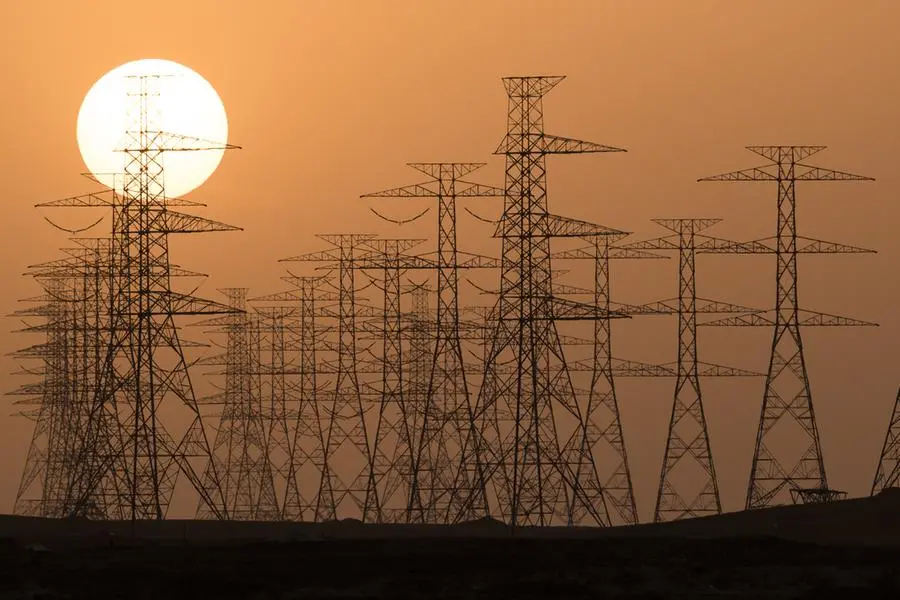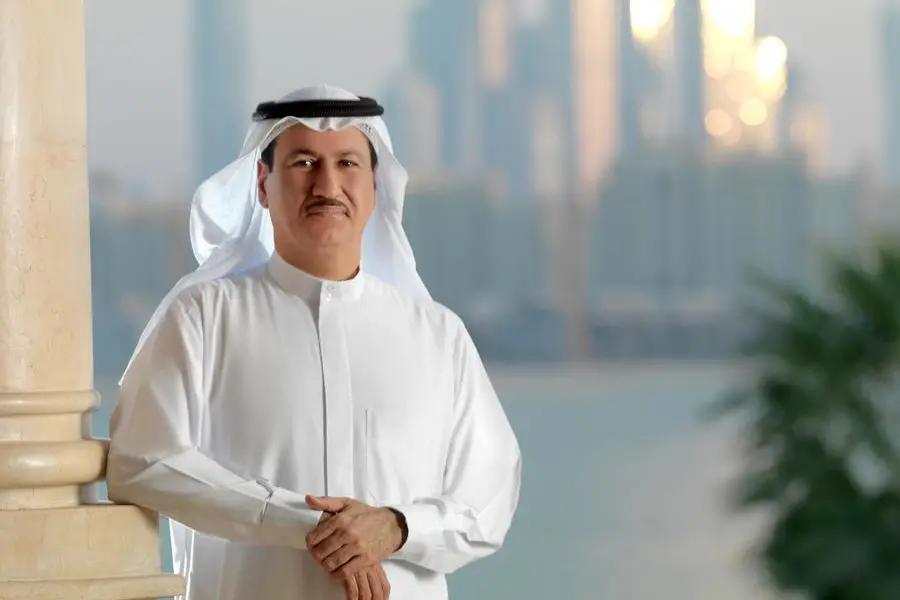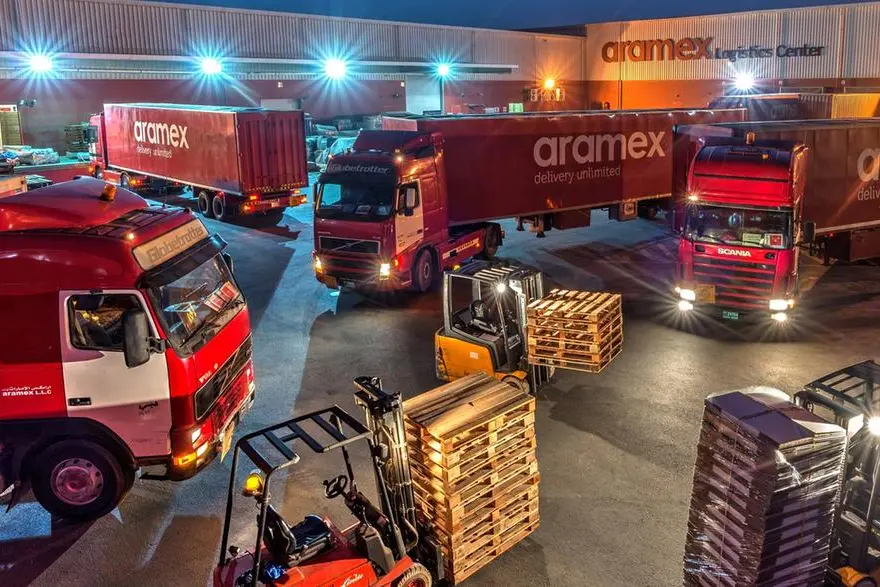PHOTO
Image used for illustrative purpose. Getty Images
MUSCAT - The Sultanate of Oman continues to chart a course towards renewable energy leadership, with a strong emphasis on sustainability and innovation. During the recent annual media briefing by the Authority for Public Services Regulation (APSR), Oman unveiled a series of ambitious initiatives aimed at accelerating the adoption of renewable energy, reducing carbon emissions, and enhancing energy efficiency across the country.
One of the key initiatives unveiled during the media briefing is the establishment of five new wind power stations across the country. These stations, including Dhofar 2, Suhar, Duqm, Mahout, and Jalan Bani Bu Ali, are set to significantly contribute to Oman's goal of achieving zero carbon neutrality by 2050.
With capacities ranging from 99 to 400 megawatts, these wind power stations are expected to accelerate the country's progress towards its renewable energy targets. By executing these projects, Oman aims to achieve its 2030 renewable energy goals by 2027, increasing the contribution of renewable energy to 30% of total electricity production by 2030.
These initiatives are aligned with Oman Vision 2040 goals and signify a commitment to boosting investments in alternative energy production.
In an interview with the Observer, Dr Mansour bin Talib al Hinai, Chairman of APSR said, “We worked a lot on renewables and net zero initiatives. We have several projects that have been announced during the press conference today. We were able to give the approval to the licence entities to start the procurement process for the wind projects in Oman.”
“These are five wind projects with a total capacity of around 1,000 MW. By implementing these projects, we will be achieving the 2030 targets of the vision, Oman Vision 2040, which is the 30%. And this is a little bit earlier than what is planned. We will be able to achieve by finishing those projects and executing them. We will be able to achieve this target by 2027,” Dr Al Hinai added.
“And on top of this, we had other initiatives related to the renewables and net zero. It was the award of Manah 1 and Manah 2 with a total capacity of 1,000 MW. Also the Nama Water and Power Procurement Company has floated the tender for Ibri III, which is of a capacity of 500 MW. So we believe that the renewables is on track at this point of time.”
Furthermore, the announcement of the direct sales project in Oman's electricity market marks a crucial step towards enhancing transparency and attracting investments in the energy sector The regulatory framework introduced for this project allows power plants with expired contracts with the Oman Power and Water Procurement Company to directly contract with large consumers, fostering competition and innovation in the energy market. With the recent approval for the second phase of the project, Oman is poised to attract more investments in the energy sector, bolster trust and transparency, and drive competitiveness in the market.
Additionally, the Household Sewage Treatment Plant project showcases Oman's innovative approach to addressing water management challenges. By recycling household sewage for agricultural reuse within the house boundaries, this initiative aims to accelerate the coverage rate of sewage services in the country, reduce capital and operational costs, and promote environmental sustainability.
Subscribers are expected to benefit from significant water savings and enhanced environmental and health outcomes through this groundbreaking project.
As Oman marches towards a sustainable future, these initiatives underscore the country's commitment to transitioning towards a greener and more resilient energy landscape. By embracing renewable energy sources, enhancing energy efficiency, and promoting innovative water management solutions, Oman is paving the way for a more sustainable and environmentally-conscious future.
2022 © All right reserved for Oman Establishment for Press, Publication and Advertising (OEPPA) Provided by SyndiGate Media Inc. (Syndigate.info).
